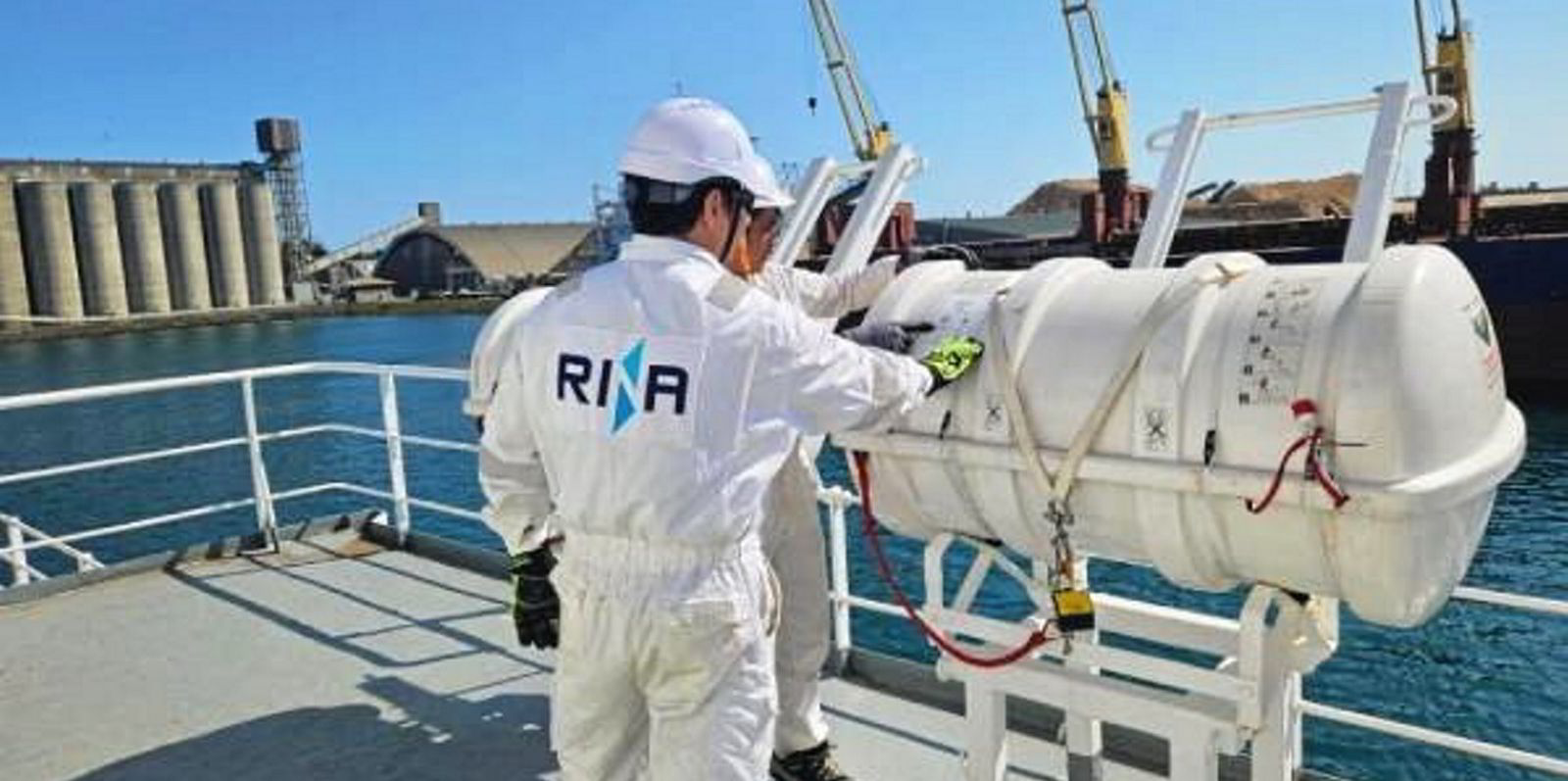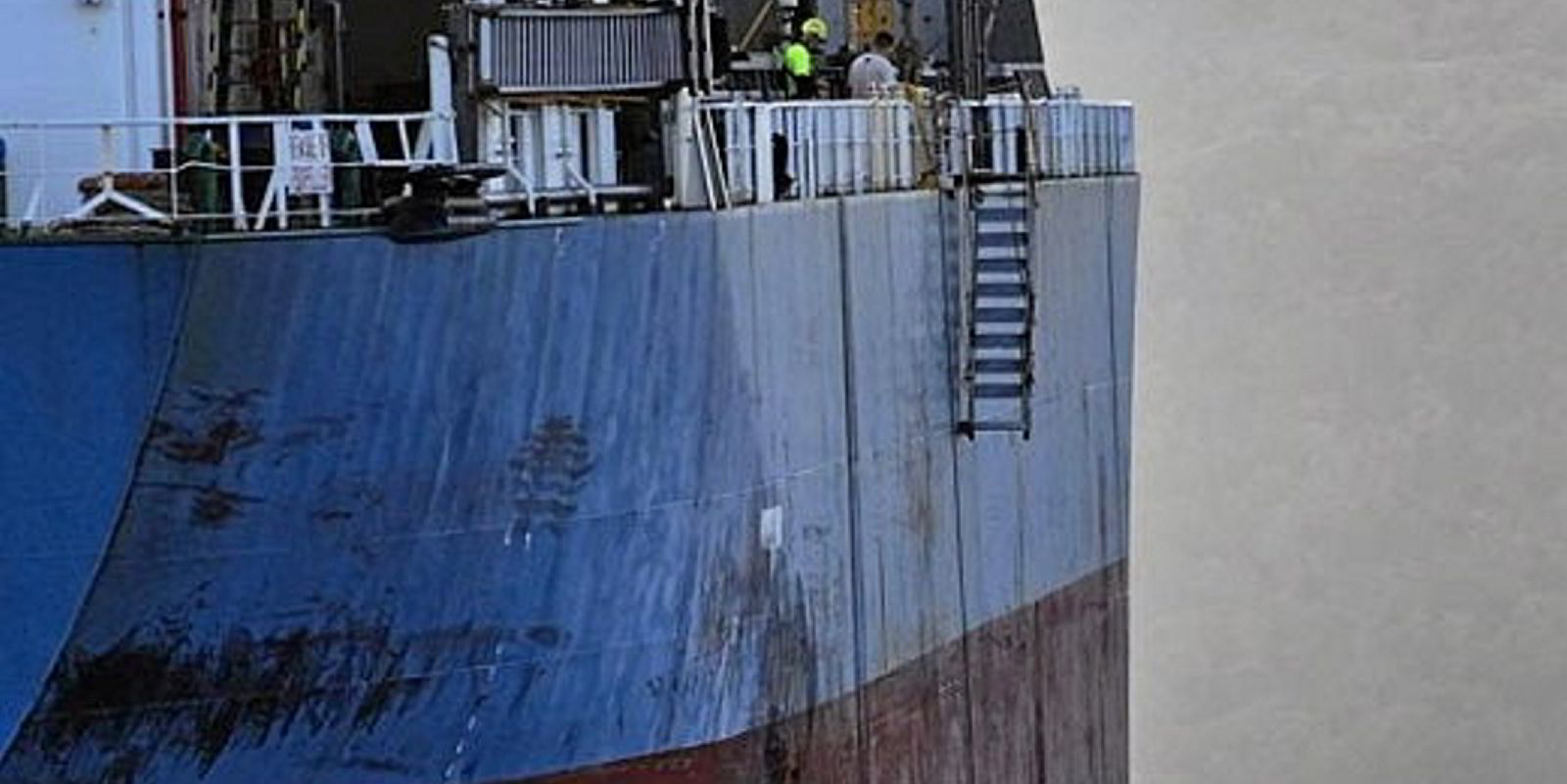Italy’s RINA had the worst detention rate in percentage terms for ships held in Australia for failing port state control inspections last year.
The class society’s detention rate was 11.2%, according to figures just released by the Australian Maritime Safety Authority (AMSA).
Ten RINA-classed ships were detained last year following PSC inspections of a total of 89 vessels, according to the data.
France’s Bureau Veritas was in second place with a detention rate of 7.8% as 20 ships were detained at Australian ports. Authorities inspected a total of 257 BV-classed ships.
Lloyd’s Register and Taiwan’s CR Classification Society (CCRS) were tied for third place with a detention rate of 7.1%, according to the AMSA figures.
Lloyd’s Register had a total of 365 vessels inspected under the PSC regime in 2023 with 26 ships detained. CCRS had just one ship detained out of 14 inspected vessels.
The Korean Register of Shipping came fifth with a detention rate of 6.8% with eight ships detained last year out of 118 that were inspected.
DNV’s detention rate was 6.1%, but the class society had the most ships detained last year with 60 vessels held. However, it had the second highest number of vessels, about 488, inspected.
Japan’s Nippon Kaiji Kyokai (NKK) had the most ships inspected, a total of 906, but only 53 were detained giving it a detention rate of 5.8%.
The American Bureau of Shipping and the China Classification Society both had detention rates of just 5% with 19 and eight ships detained respectively.
The Croatian Register of Shipping and the Indian Register of Shipping both reported no detentions during 2023, but they had only five and three ships inspected, respectively.
The figures were published in AMSA’s Inspections Annual Report which covers AMSA’s inspection activities on domestic commercial vessels such as fishing boats and ferries, as well as regulated Australian vessels and foreign-flagged shipping vessels under port state control.
There was a 16.3% increase in the number of initial PSC inspections with 2,797 in 2023 compared to 2,405 in 2022.
The detention rate for PSC inspections increased slightly in 2023 with a 6.3% detention rate compared to 6.0% in 2022. The PSC detention rate in 2023 was consistent with the 10-year rolling average of 6.0%.
The deficiencies per PSC inspection remained consistent in 2023 with a deficiency rate of 2.68 compared to 2.58 in 2023. This rate remained higher than the 10-year rolling average of 2.30 deficiencies per inspection.
“Encouragingly, foreign-flagged vessels had a decrease in detainable deficiencies related to labour conditions between 2022 and 2023,” AMSA said.
“These rates fell from 7.3% to 4.2%, indicating that AMSA’s firm stance on enforcing seafarer rights is having tangible impacts on their working and living conditions.
“However, the year resulted in an overall increase in foreign-flagged vessel detentions, with heavy load carriers representing the poorest performing vessel type,” the maritime regulator added.
AMSA said structural and equipment deficiencies were the most prevalent deficiencies identified on these vessels.
“Our inspection regimes are fundamental in our process of identifying where we need to focus our efforts to uphold maritime safety,” AMSA executive director of operations Michael Drake said.
“The community has an expectation that vessels, whether small domestic boats, or large international ships, will meet their minimum safety and environmental protection standards.”
AMSA said it continues to refine its PSC targeting algorithm in order to prioritise inspection of ships that may have a “greater likelihood of non-compliance with minimum international standards”.






